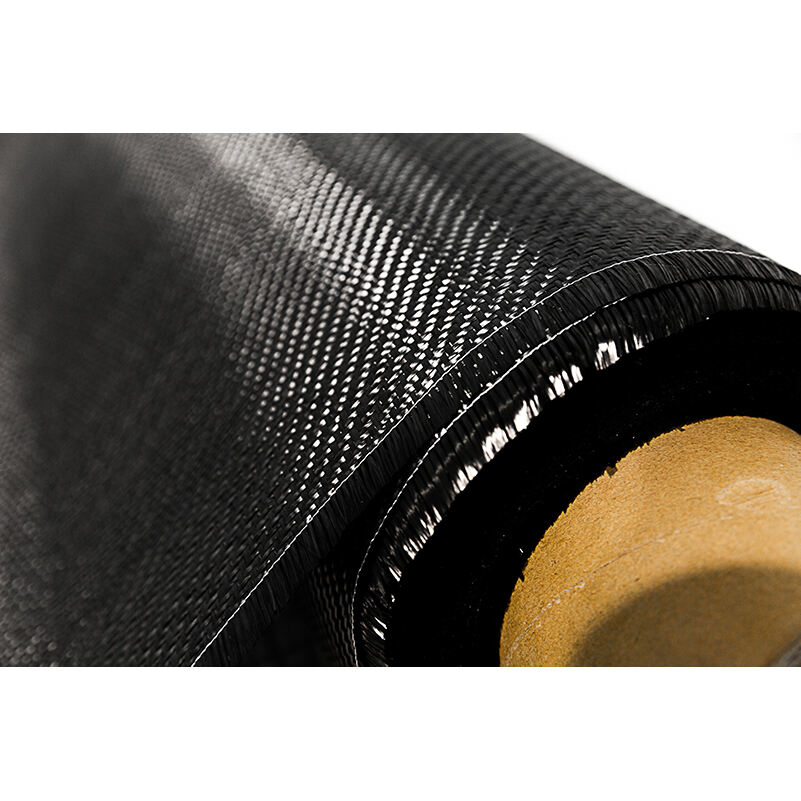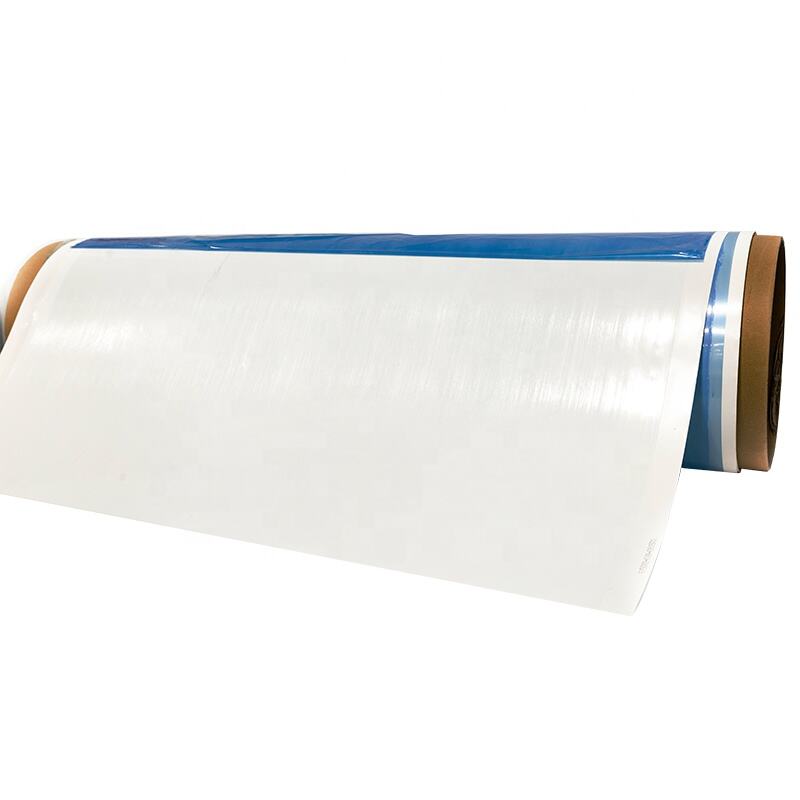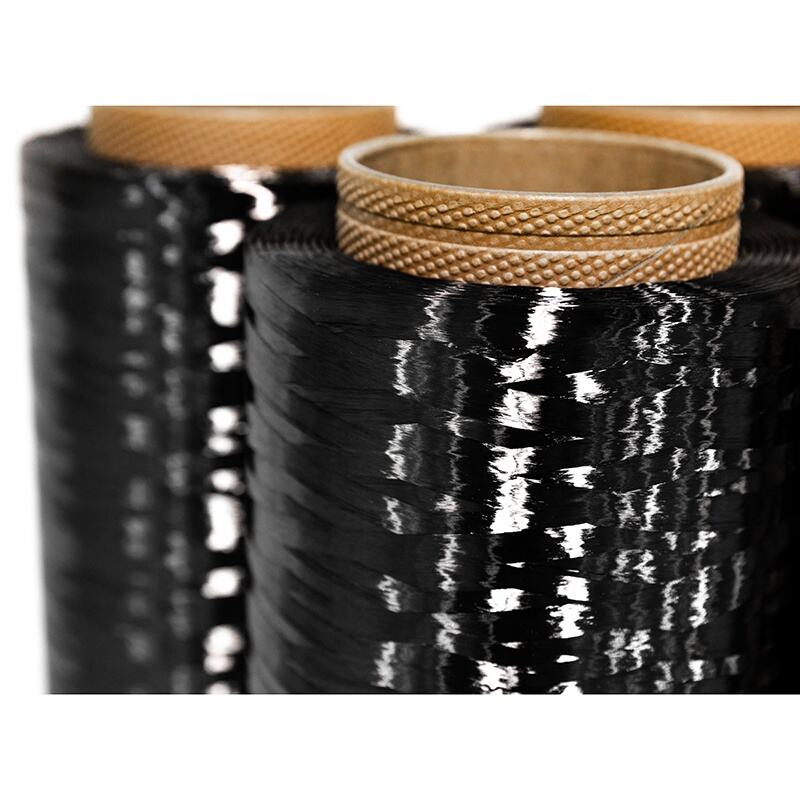plain weave carbon fiber
Plain weave carbon fiber represents one of the most fundamental and versatile forms of carbon fiber fabric construction. In this weaving pattern, carbon fiber tows are interlaced in a simple over-under arrangement, creating a symmetric and balanced structure that resembles a checkerboard pattern. This basic weaving technique produces a fabric that demonstrates exceptional stability and uniform strength in both warp and weft directions. The material typically features a 1:1 ratio of fiber distribution, meaning equal amounts of fiber run in both directions, resulting in balanced mechanical properties. Plain weave carbon fiber is characterized by its medium drape ability, allowing it to conform to moderately complex shapes while maintaining structural integrity. The material's unique construction provides excellent fiber stability during handling and processing, making it particularly suitable for manufacturing processes where fiber alignment is crucial. Common applications include automotive components, sporting equipment, aerospace structures, and architectural elements where consistent strength and appearance are essential. The material's inherent resistance to unraveling at the edges makes it ideal for projects requiring precise cutting and shaping.


